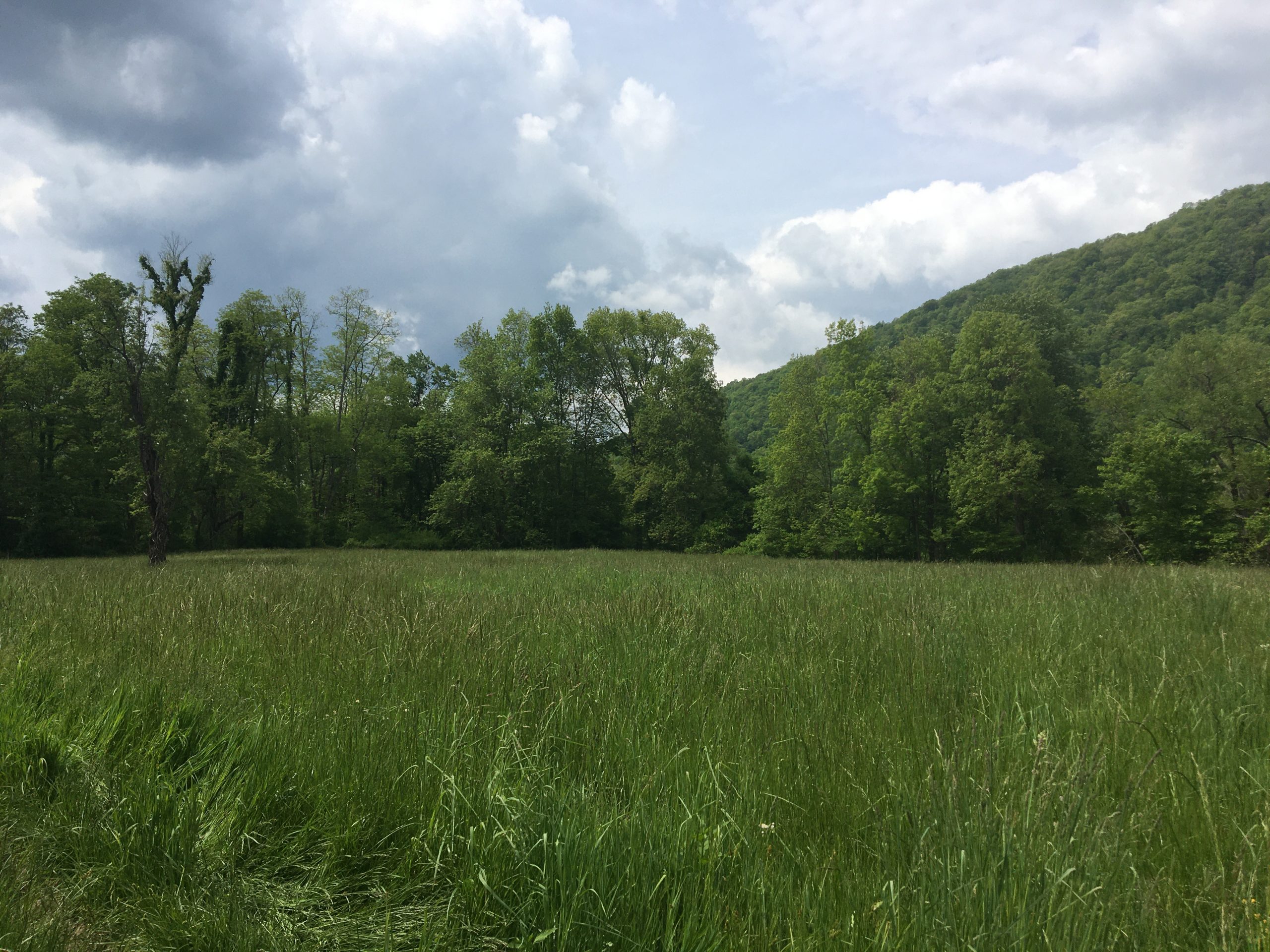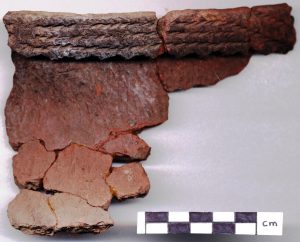Eight hundred years ago smoke wafted over a small village located on a terrace next to the New River in southern West Virginia. The people living there, at what is now known as the McGraw Farm site, were the descendants of people who migrated to the New River from the Ohio River Valley centuries ago. The artifacts and features found at the site suggest that it is associated with the Bluestone Phase of the Fort Ancient culture.
The Fort Ancient people were primarily farmers who inhabited villages in the Ohio River Valley in Ohio, Kentucky, Indiana, and West Virginia that date to approximately A.D. 1000-1750. These villages consisted predominantly of circular or rectangular houses that surrounded an open plaza, though variations can be seen across the region. Some sites are associated with earthworks such as burial and effigy mounds.






